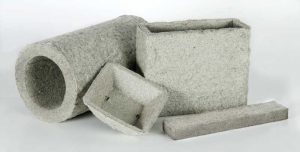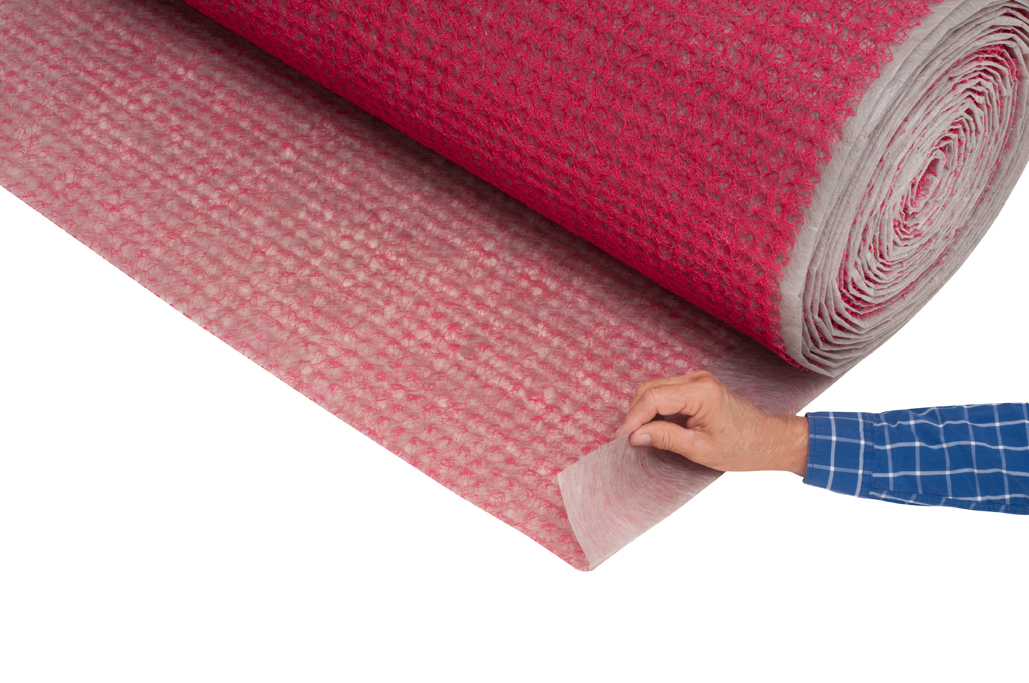Installing types of intumescent materials for fire safety

By Rupert Coggon
Intumescent products and materials have been in the market for several decades. An intumescent is a material which reacts and expands aggressively when exposed to heat or fire. Depending on the requirements of the application, the expansion rate can be up to 30 times the original size of the product. The pressure generated by the intumescent when expanding can be tailored for each application, but it can also easily crush plastic pipework. Once expanded, the intumescent product creates a tough and solid char, which can prevent the spread of fire, heat, and smoke for many hours.
Intumescent products have been a key component in applications such as fire door seals, pipe and penetration seals, and linear gap seals. Over the years, many of these products have been supplied to protect both buildings and their occupants, making them a trusted and widely approved firestop solution.
Intumescent products compared to traditional firestopping products
In the past, traditional firestopping products such as mineral fiber and sheet rock were the mainstay of the industry. When construction materials and practices were largely limited to just a few different options, they worked very well, as the basic construction materials—for example, brick and block—did not “move” much in the event of a fire. When a construction material does not “move” or deform in a fire, then a firestop which does not react can work perfectly well. Movement is a result of expansion rather than the expansion itself. Construction movement, in a fire situation, takes into account all of the different expansion rates of the construction products which can cause the construction to bend, bow, crack, etc.



